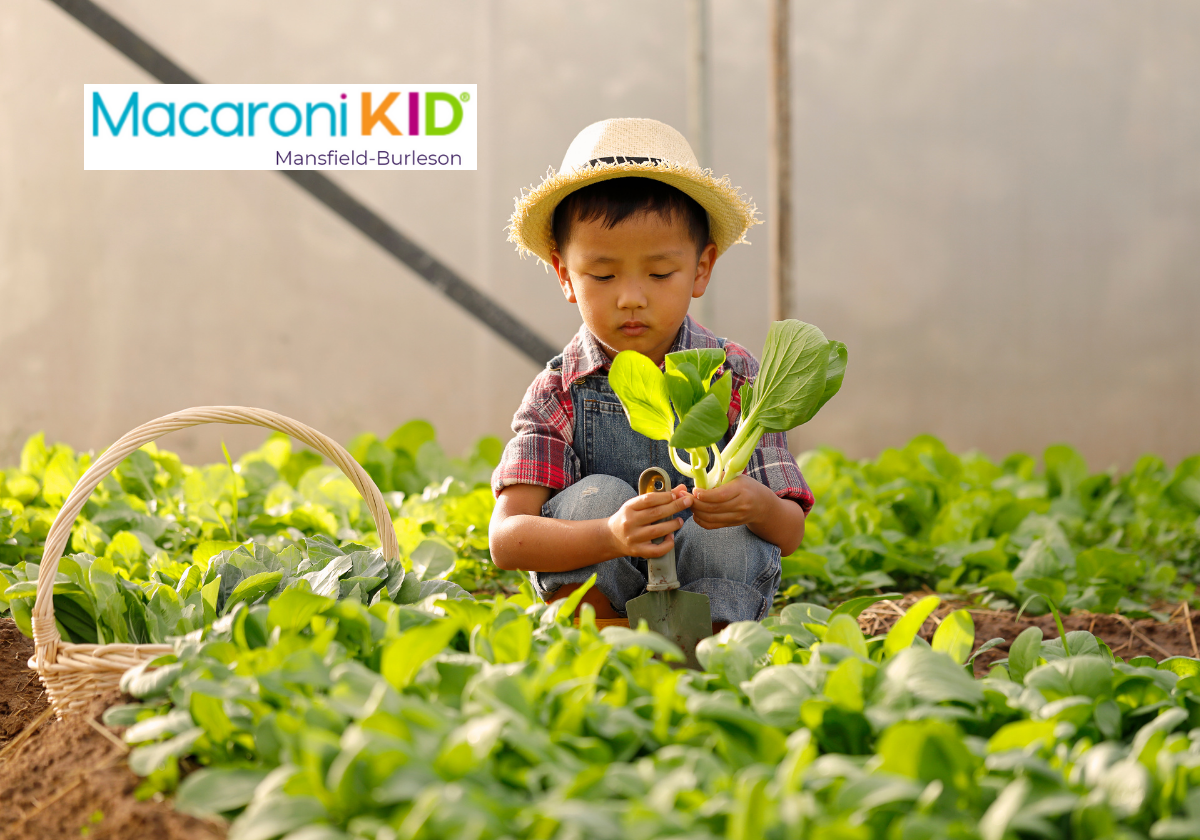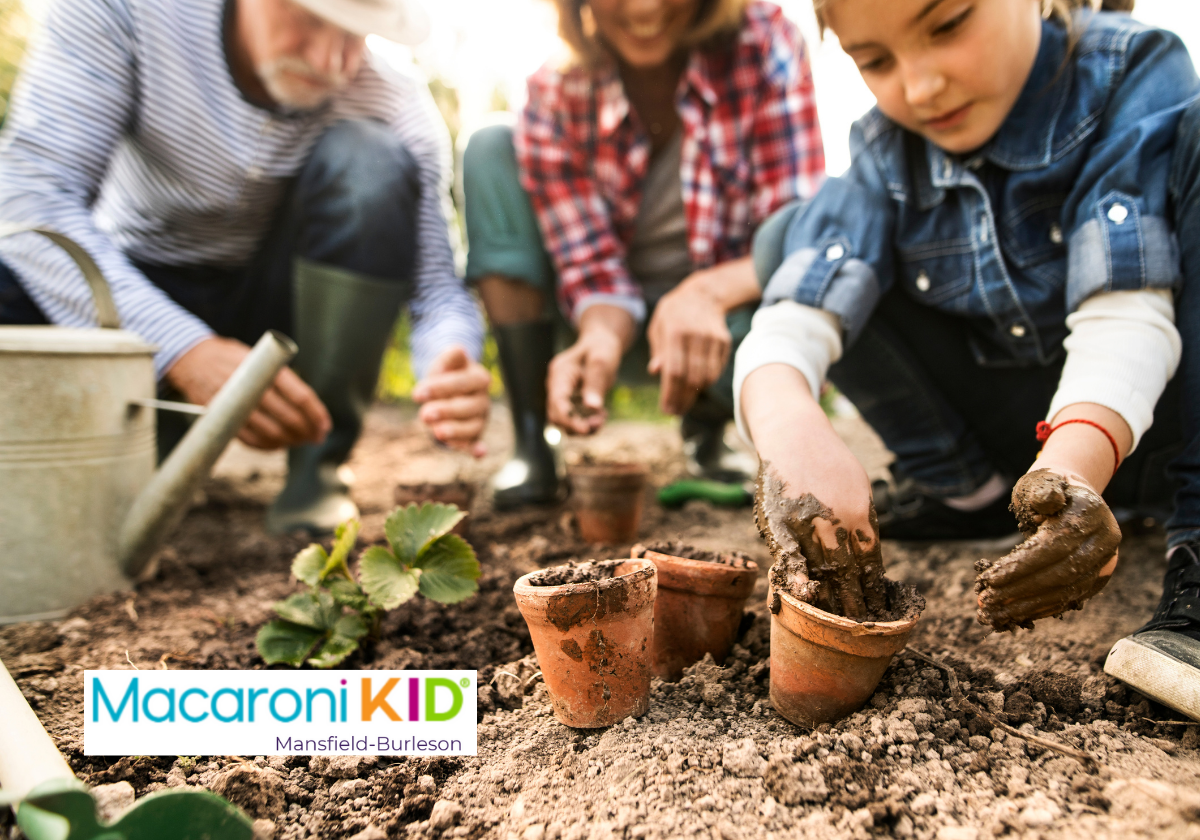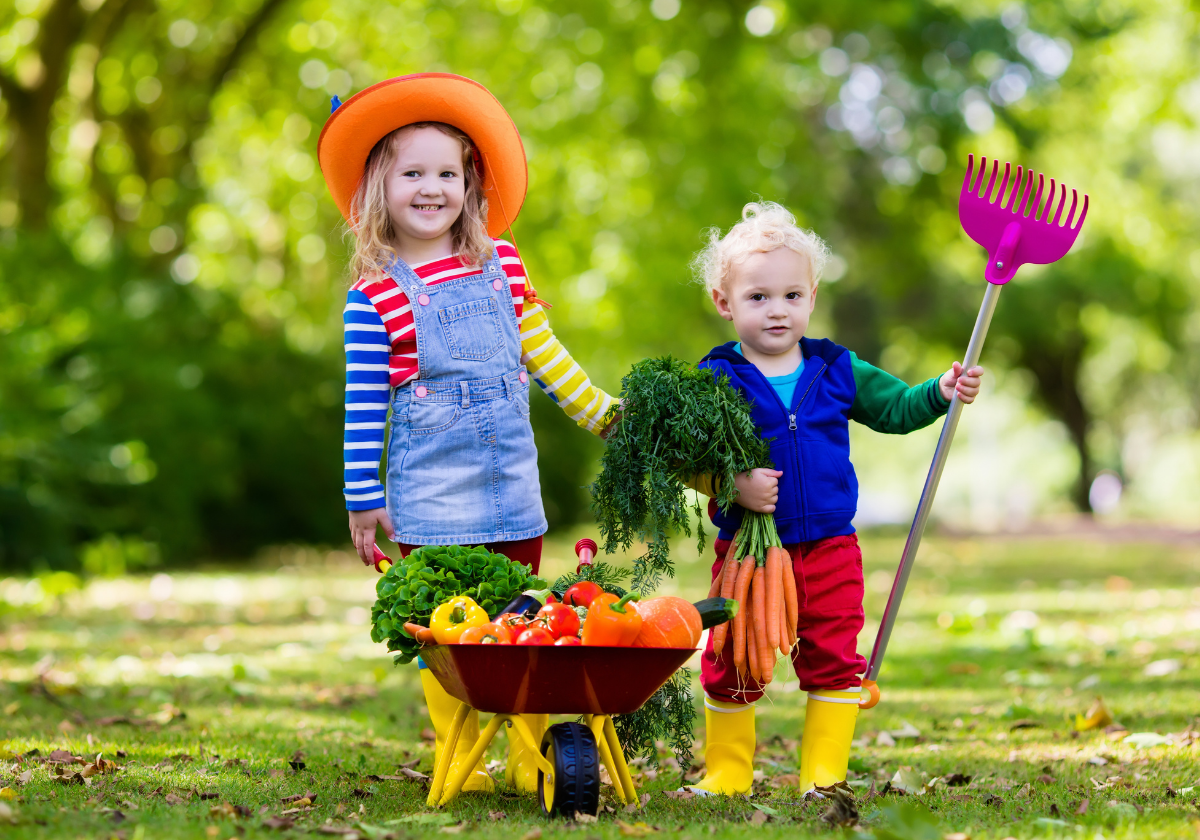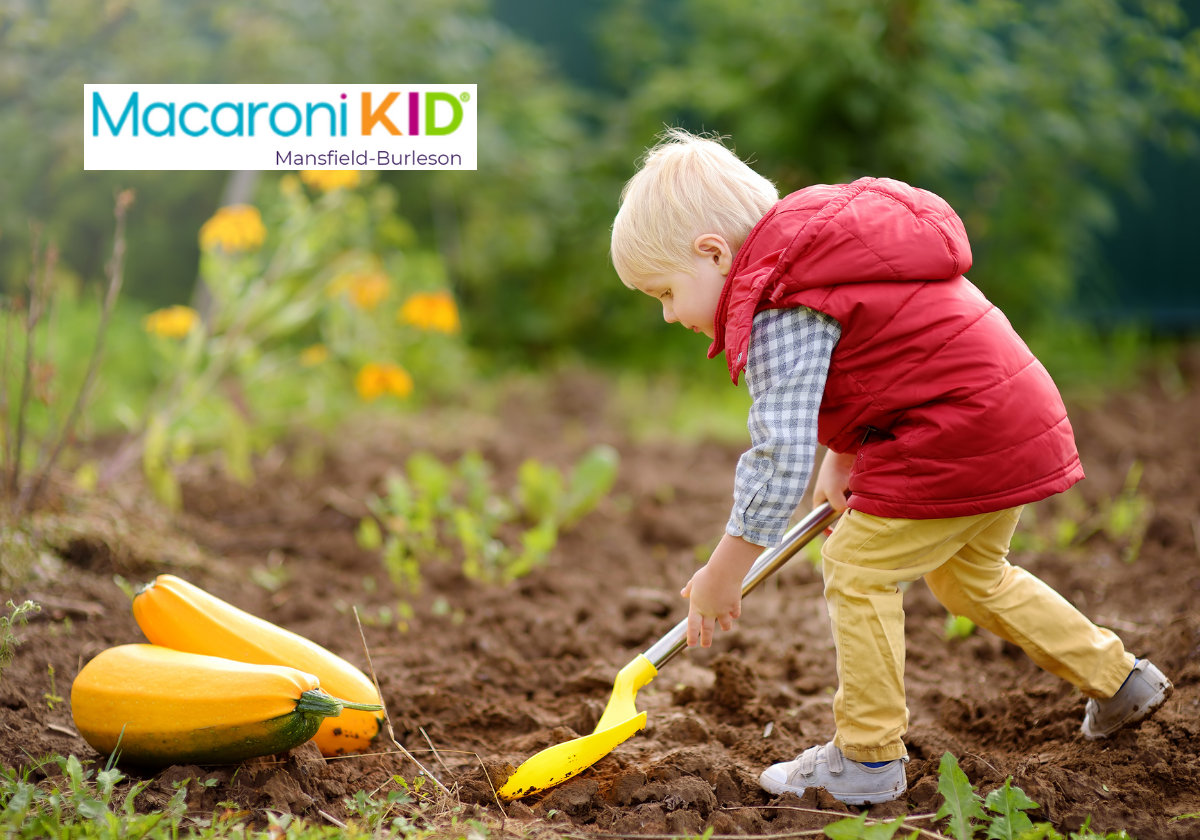Gardening is a wonderful way to bond with your children while teaching them about nature, responsibility, and the joys of growing their own food.
Starting a summer garden with kids can be a fun and educational adventure, offering numerous benefits that extend beyond the garden itself.
Here are some tips and tricks to help you and your children start a successful summer garden, along with some easy-to-grow plants and engaging gardening activities.
 |
Why Garden with Kids?
Gardening offers several educational and developmental benefits for children:
- Hands-on Learning: Kids learn about plant biology, ecology, and environmental science through direct experience.
- Responsibility: Caring for plants teaches children about responsibility and the importance of consistent care.
- Healthy Eating: Growing their own vegetables and fruits can encourage kids to eat more healthily.
- Outdoor Activity: Gardening is a great way to get kids outside, away from screens, and engaged in physical activity.
- Creativity and Patience: It fosters creativity in designing the garden and patience as they wait for their plants to grow.
 |
Tips for Starting a Summer Garden with Kids
- Choose the Right Location:
- Select a sunny spot in your yard that receives at least 6-8 hours of sunlight per day.
- Ensure the area has good soil drainage.
- Prepare the Soil:
- Involve your kids in digging and turning the soil to prepare it for planting.
- Add compost or organic matter to enrich the soil and teach kids about the benefits of composting.
- Select Easy-to-Grow Plants:
- Vegetables: Tomatoes, cucumbers, beans, radishes, and carrots are relatively easy to grow and have short growing seasons.
- Herbs: Basil, mint, and chives are great for beginners and can be used in cooking.
- Flowers: Sunflowers, marigolds, and zinnias are bright, cheerful, and hardy.
- Use Kid-Friendly Tools:
- Provide child-sized gardening tools to make the experience more comfortable and enjoyable for kids.
- Consider gloves and hats to protect them from the sun and dirt.
- Incorporate Fun Activities:
- Plant Markers: Let kids create their own plant markers using popsicle sticks, rocks, or recycled materials.
- Garden Journal: Encourage them to keep a garden journal to track the growth of their plants, draw pictures, and note observations.
- Watering Schedule: Create a colorful chart to remind kids when it’s time to water the plants.
- Teach and Observe:
- Use the garden as a living classroom to teach kids about plant life cycles, photosynthesis, and the role of insects.
- Observe and discuss the different stages of plant growth and the various insects and animals that visit the garden.
 |
Engaging Gardening Activities
- Seed Starting:
- Start seeds indoors using small pots or egg cartons. Kids can watch the seeds sprout before transplanting them to the garden.
- Creating a Butterfly Garden:
- Plant flowers that attract butterflies, such as milkweed, coneflower, and lavender. Teach kids about the life cycle of butterflies and their importance to the ecosystem.
- Building a Scarecrow:
- Make a fun family project out of building a scarecrow to protect the garden from birds. Use old clothes and craft supplies to create a whimsical garden guardian.
- Composting:
- Set up a compost bin and teach kids how to compost kitchen scraps and yard waste. Explain how composting helps the garden by returning nutrients to the soil.
- Harvesting and Cooking:
- Involve kids in harvesting the produce they’ve grown. Then, use the fruits of their labor in simple recipes, such as salads, smoothies, or herb-infused waters.
 |
Starting a summer garden with kids is not only a delightful way to spend time together but also an enriching experience that imparts valuable life skills and knowledge.
By choosing easy-to-grow plants, engaging in fun gardening activities, and teaching your children about the natural world, you create lasting memories and a deeper appreciation for nature. So, roll up your sleeves, grab your gardening tools, and embark on this green adventure with your kids.
Happy gardening!
 |



